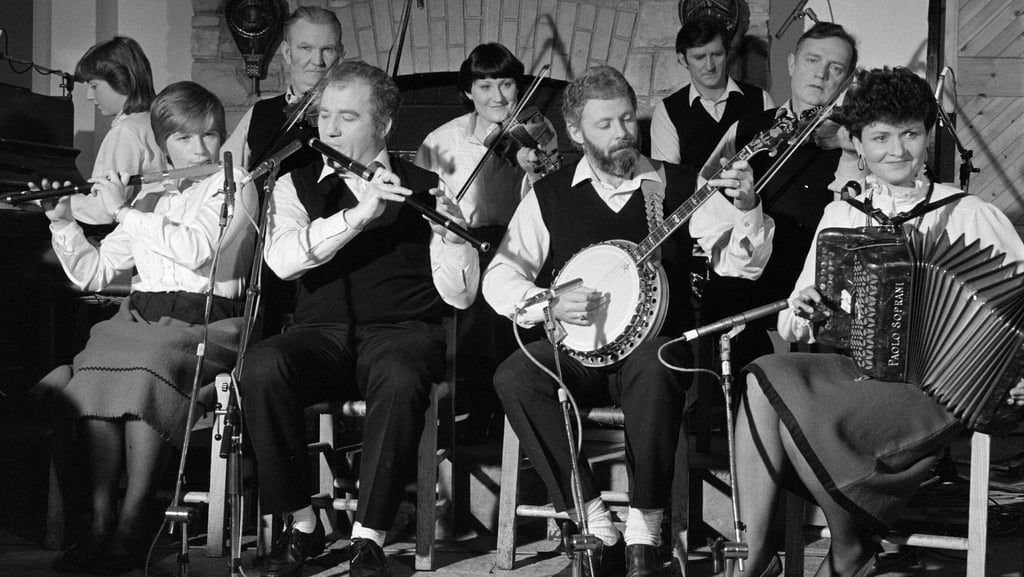
Irish traditional music, also known as Irish folk music or Irish trad, has a rich history that spans centuries. This genre of folk music has its roots in Gaelic Ireland, where a diverse array of instruments were used to create unique sounds.
Early Instruments and Influences
According to W.H. Grattan Flood’s “A History of Irish Music” (1905), Gaelic Ireland featured at least ten instruments, including:
1. Cruit (small harp)
2. Cláirseach (larger harp)
3. Tiompán (string instrument)
4. Feadán (fife)
5. Buinne (oboe or flute)
6. Guthbuinne (bassoon-type horn)
7. Beannbhuabhal and corn (hornpipes)
8. Cuislenna (bagpipes)
9. Stoc and storgán (clarions or trumpets)
10. Cnámha (bones)
Evidence suggests the fiddle was used as early as the 8th century.
Collections and Revival
In the 18th century, several collections of Irish folk music were compiled. However, it wasn’t until the 19th century that ballad printers emerged in Dublin. Notable collectors include:
1. Colm Ó Lochlainn
2. George Petrie
3. Edward Bunting
4. Francis O’Neill
5. James Goodman
Despite the preference for solo performances in folk tradition, bands and small ensembles have likely been part of Irish music since the mid-19th century.
Resilience and Global Influence
Irish traditional music has remarkably endured despite the impact of cinema, radio, and mass media. After World War II, folk music experienced a decline in popularity but was revived in the late 1950s.
Key factors in this revival include:
1. Comhaltas Ceoltóirí Éireann (Irish traditional music association)
2. Fleadh Cheoil (music festival)
3. The Clancy Brothers and Tommy Makem’s success in the US (1959)
This resurgence led to the emergence of guitar-driven groups like the Dubliners and the international success of the Chieftains.
Cultural Exchange and Fusion
Irish traditional music has influenced music globally, particularly in the US, Australia, and Europe. The 1970s saw a resurgence of Irish music’s impact on American music.
Irish traditional music has also been fused with various genres, including:
1. Rock and roll
2. Punk rock
This blending of styles has contributed to the genre’s enduring popularity.
Legacy and Global Brand
Today, Irish traditional music is a beloved global brand, cherished for its unique heritage and cultural significance.
Key Takeaways:
– Irish traditional music has a rich history spanning centuries
– Early instruments included harps, fiddles, and wind instruments
– Collections and revival efforts preserved the genre
– Irish music has influenced global music and endured despite cultural shifts
– Fusion with other genres has contributed to its continued popularity
The story of Irish traditional music serves as a testament to the power of cultural heritage and the enduring appeal of folk music.
our Can Buy Lots Of Top Quality Swiss Eta Movement Replica Breitling Watches.Such As Breitling Avenger Replica, Replica Breitling Bentley and more.
AAA High Quality Luxury Replica Rolex Watches Online Sale At rolex datejust replica.
We sell high quality replica Omega watches including AAA+ replica Omega watches, Moonwatch, Seamaster, Speed MAAA 1:1 Omega clone watches.